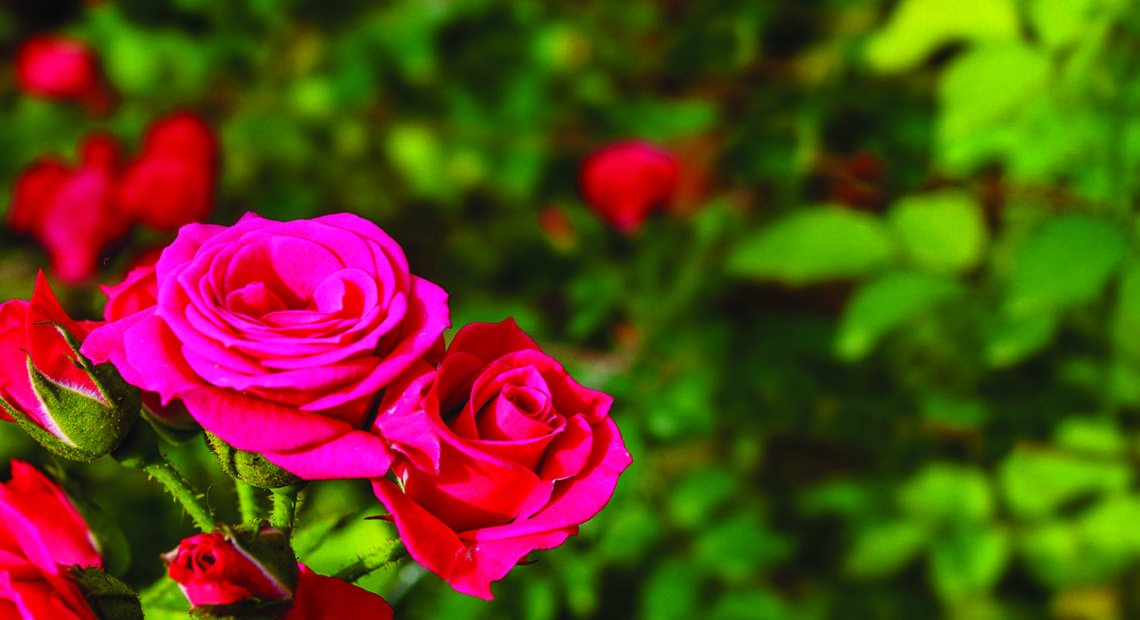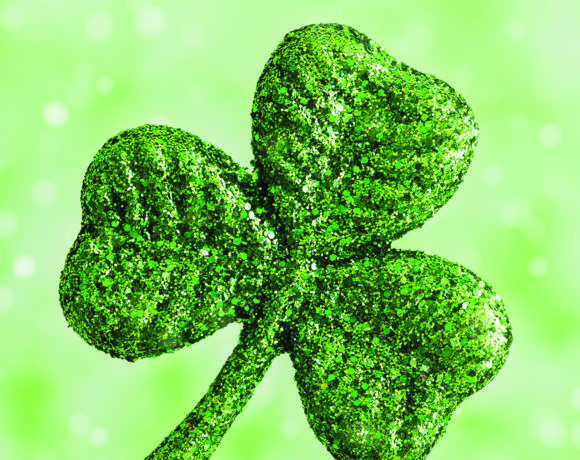Many things are symbolic of Valentine’s Day. In the 1800s, heart-shaped boxes of candy became wildly popular ways for sweethearts to express their affection for each other, and since then they have become one of many symbols of Valentine’s Day. But one such symbol traces its history back even further than that.
Roses are now as symbolic of Valentine’s Day as those heart-shaped boxes, and, in fact, have long maintained a connection with feelings of love. The Ancient Greeks and Romans, for example, wore rose garlands during wedding ceremonies. But the practice of giving Valentine’s Day flowers can be traced to King Charles II, who served as King of Sweden from 1809 as well as King of Norway from 1814 until his death in 1818.
During his travels, King Charles visited Persia, where he learned about the use of flowers to express certain emotions. Red roses were used to express deep love, and King Charles shared the language of flowers when he returned home to Europe. It soon became quite popular.
But Europeans were learning about the symbolic power of flowers even before King Charles’ visit to Persia. In fact, Lady Mary Wortley Montagu, the wife of a British ambassador to Turkey, began sharing the practice of assigning meaning to objects via letters she wrote home to England in 1716. Lady Montagu noted how the locals had assigned meaning to various colors, flowers and plants in order to send secret love letters to one another. However, Lady Montagu was incorrect in her interpretation, as historians would later note. Despite her misinterpretations, Lady Montagu’s perception of the flower language would spread, and many people still associate certain flowers with certain emotions. Never is that more apparent than on Valentine’s Day, when red roses remain a popular way for lovers to express their deep love for each other.








Recent Comments